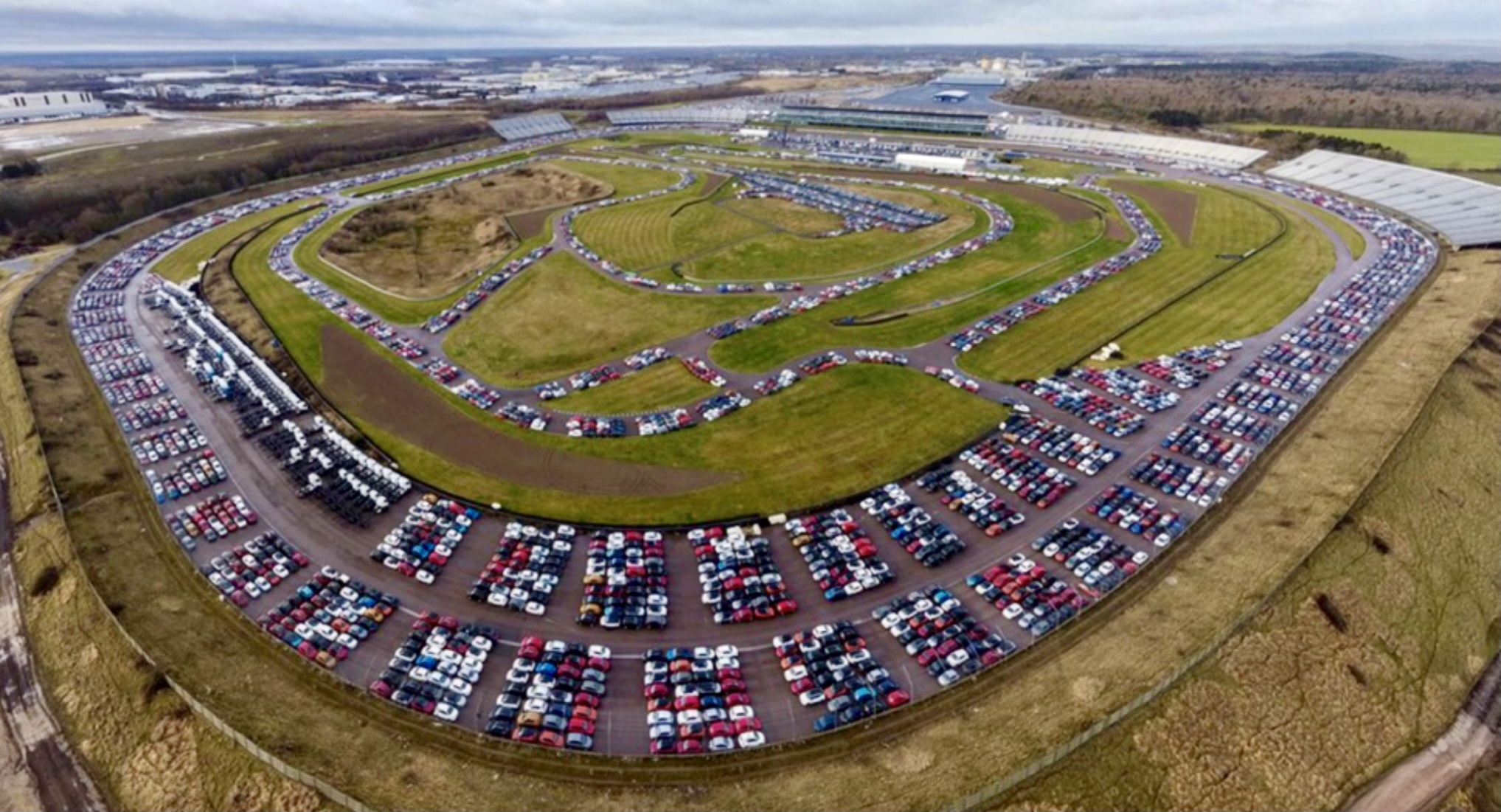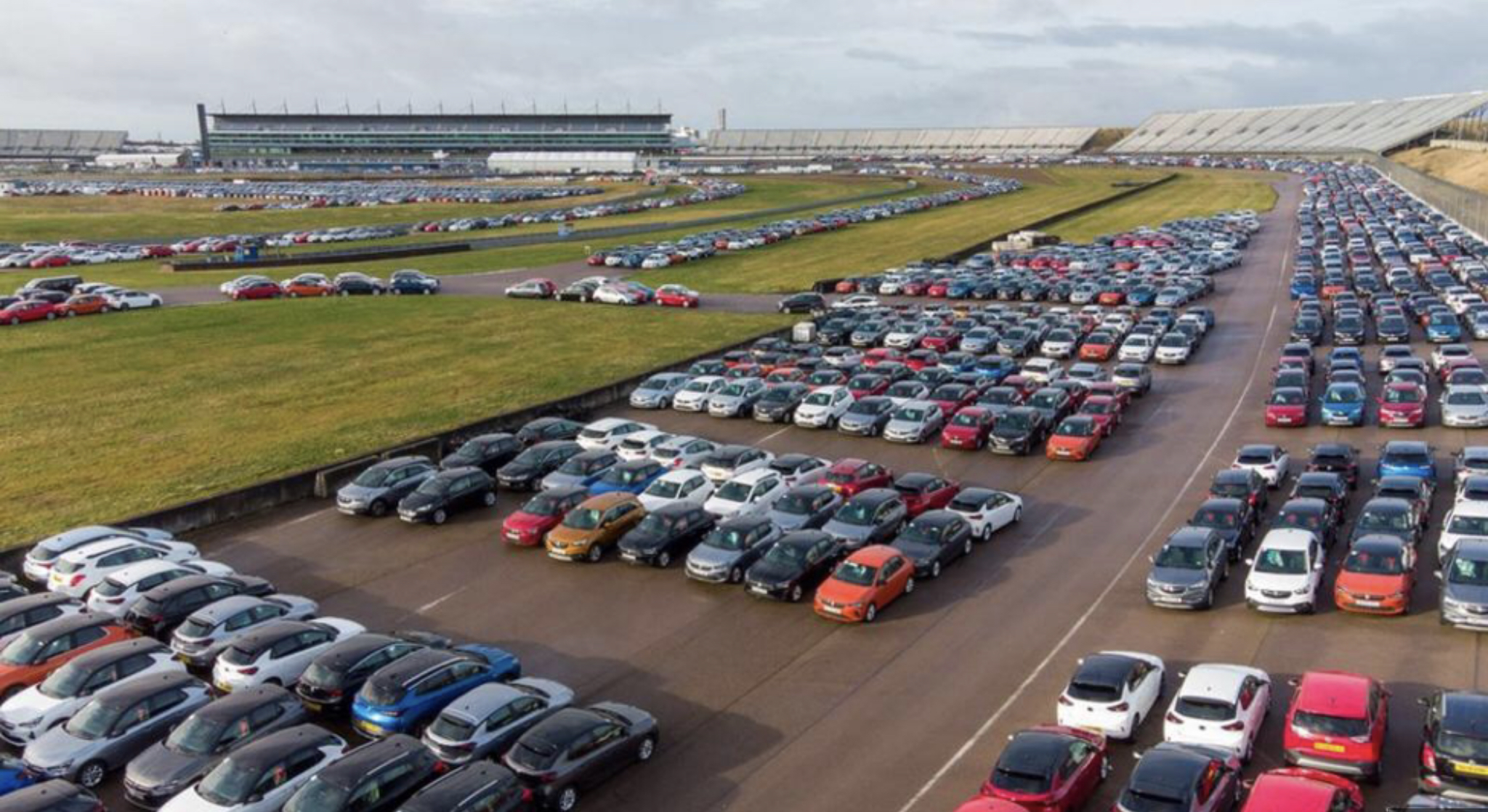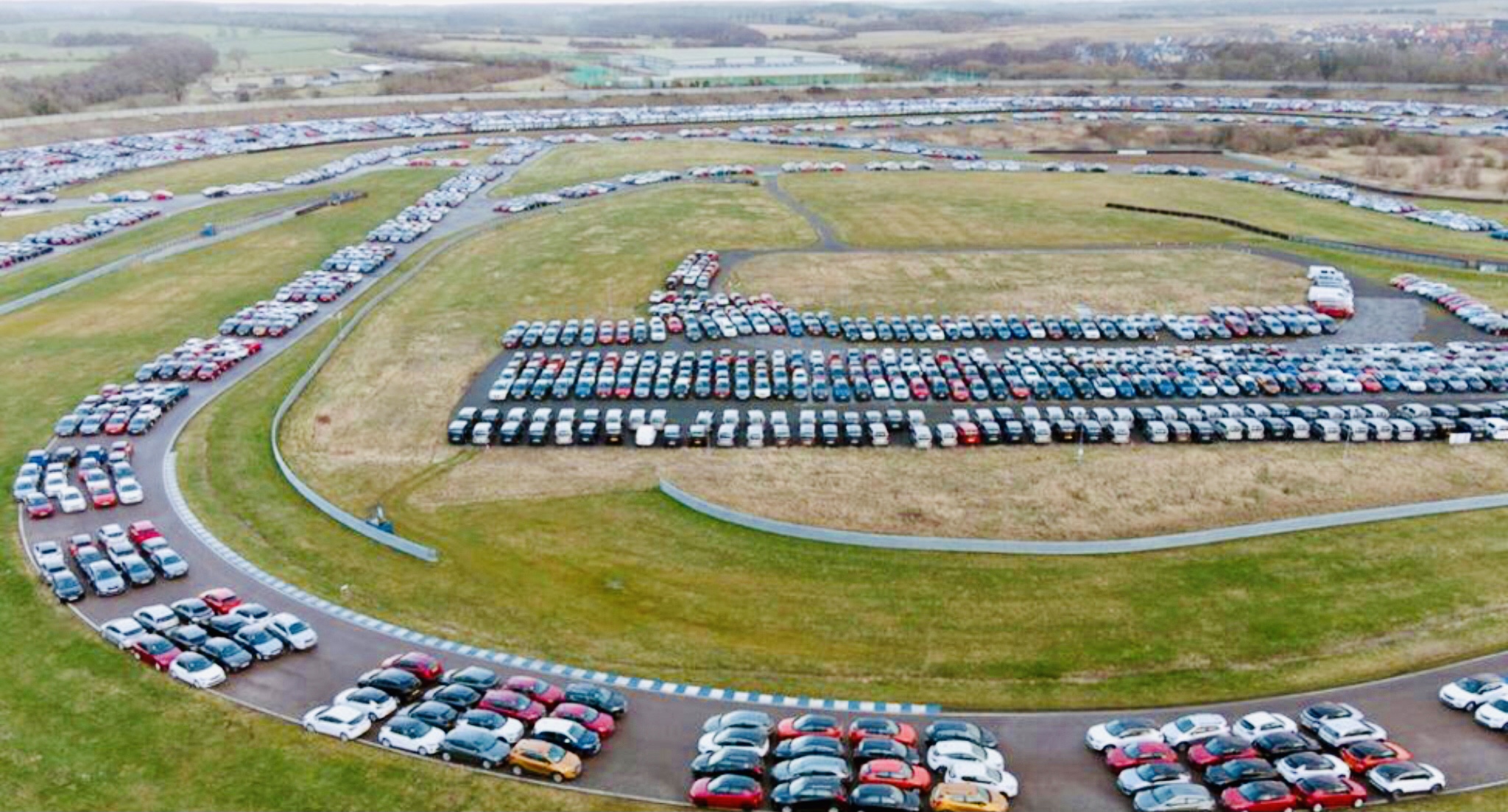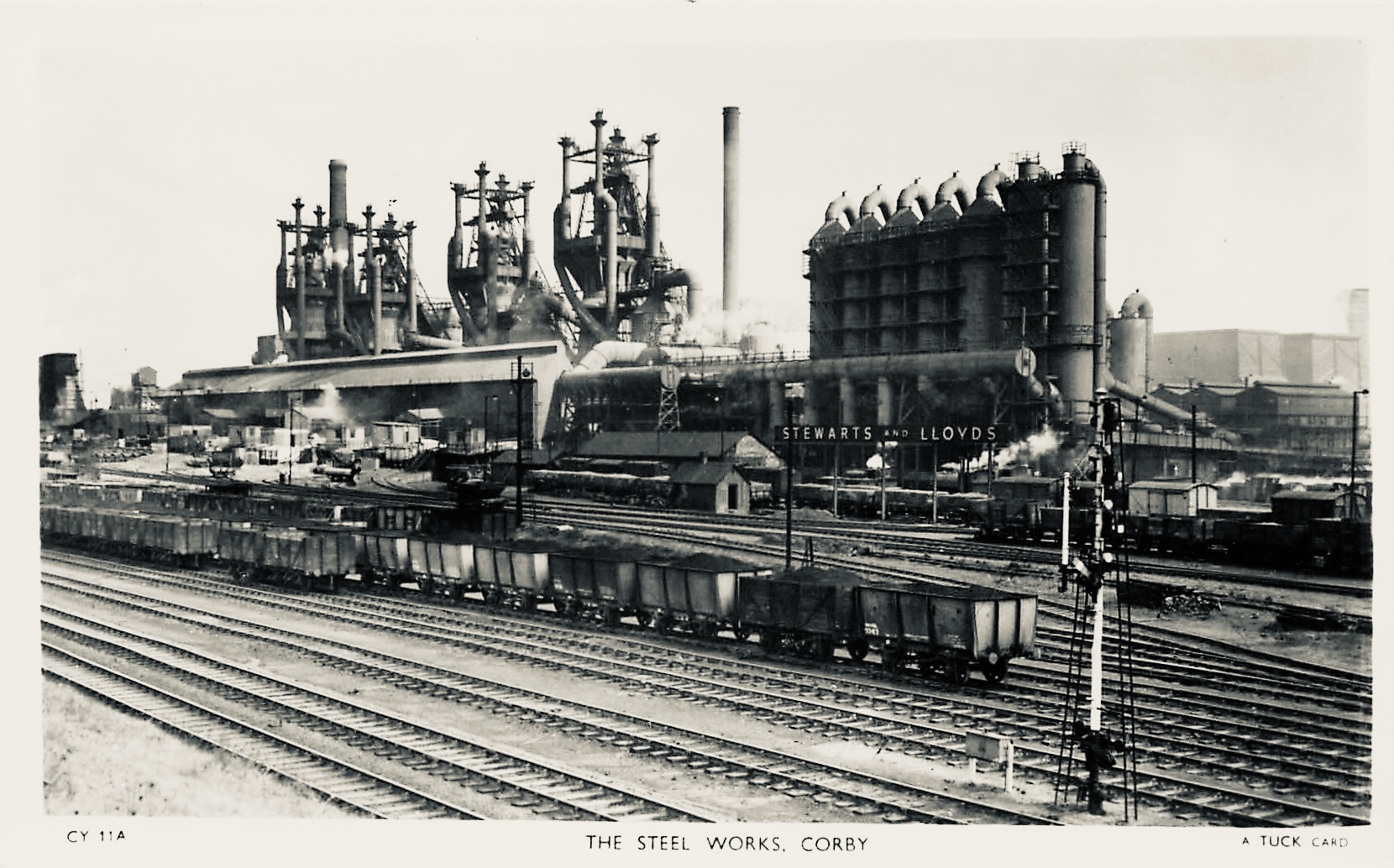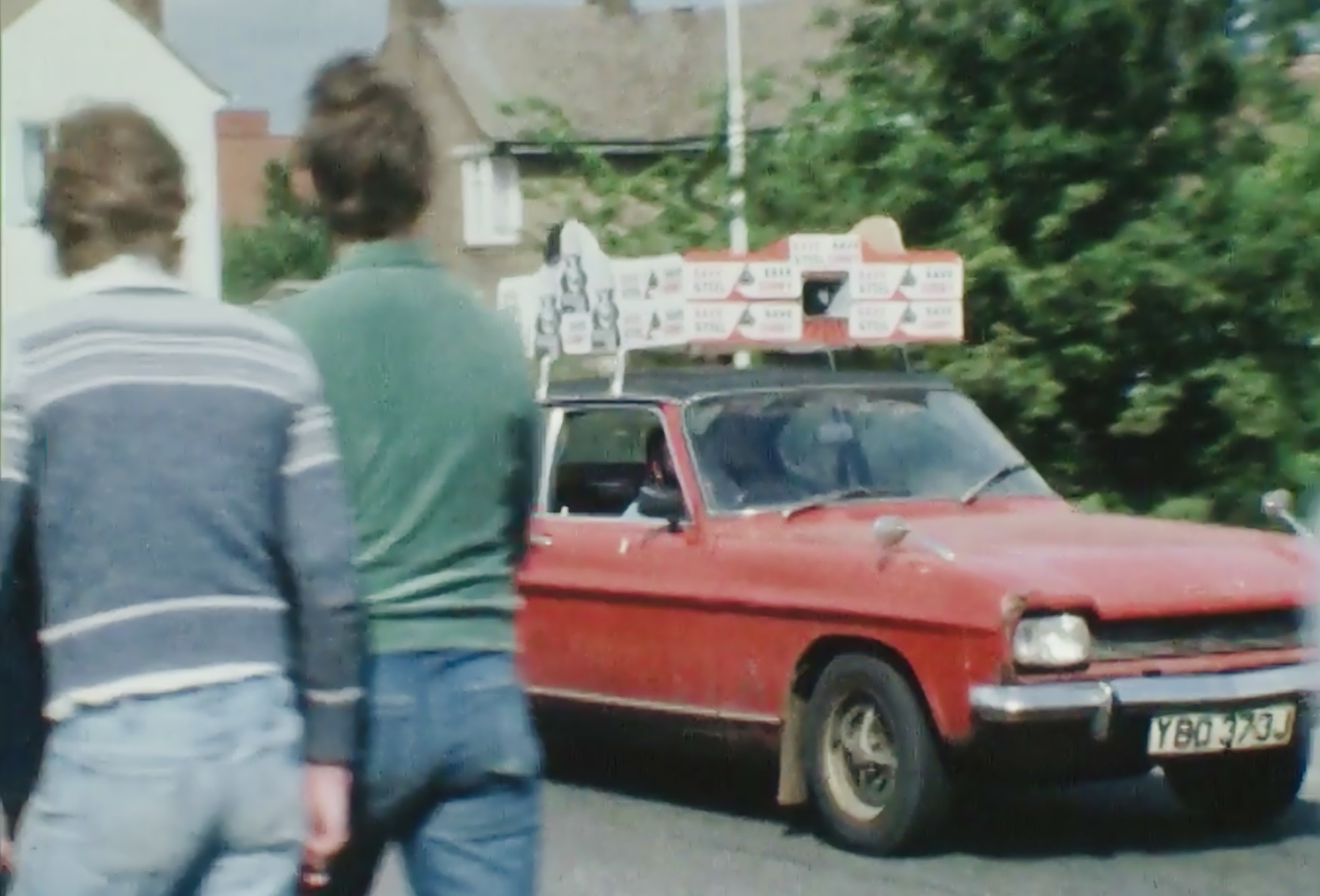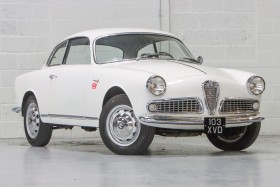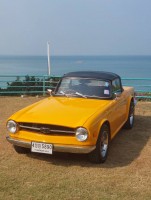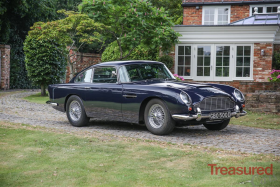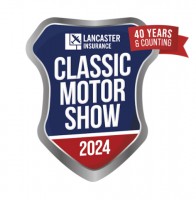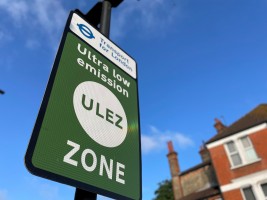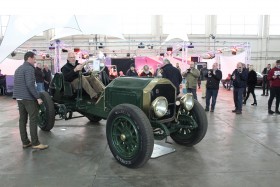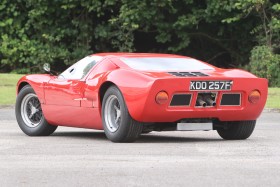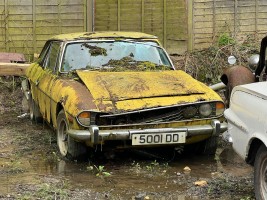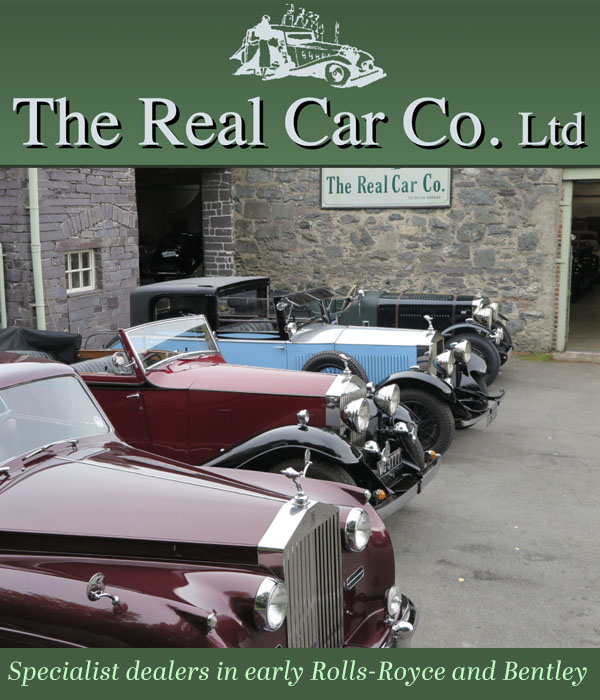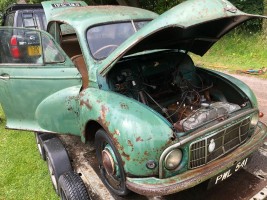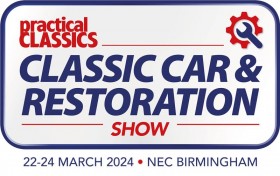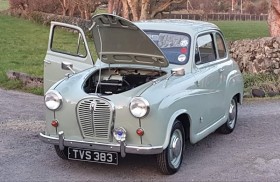rockinghams now a carpark
Rise and Fall From Steel to Speedway to Carpark
By: Ronald Wensley Sun, 28 Feb 2021
News
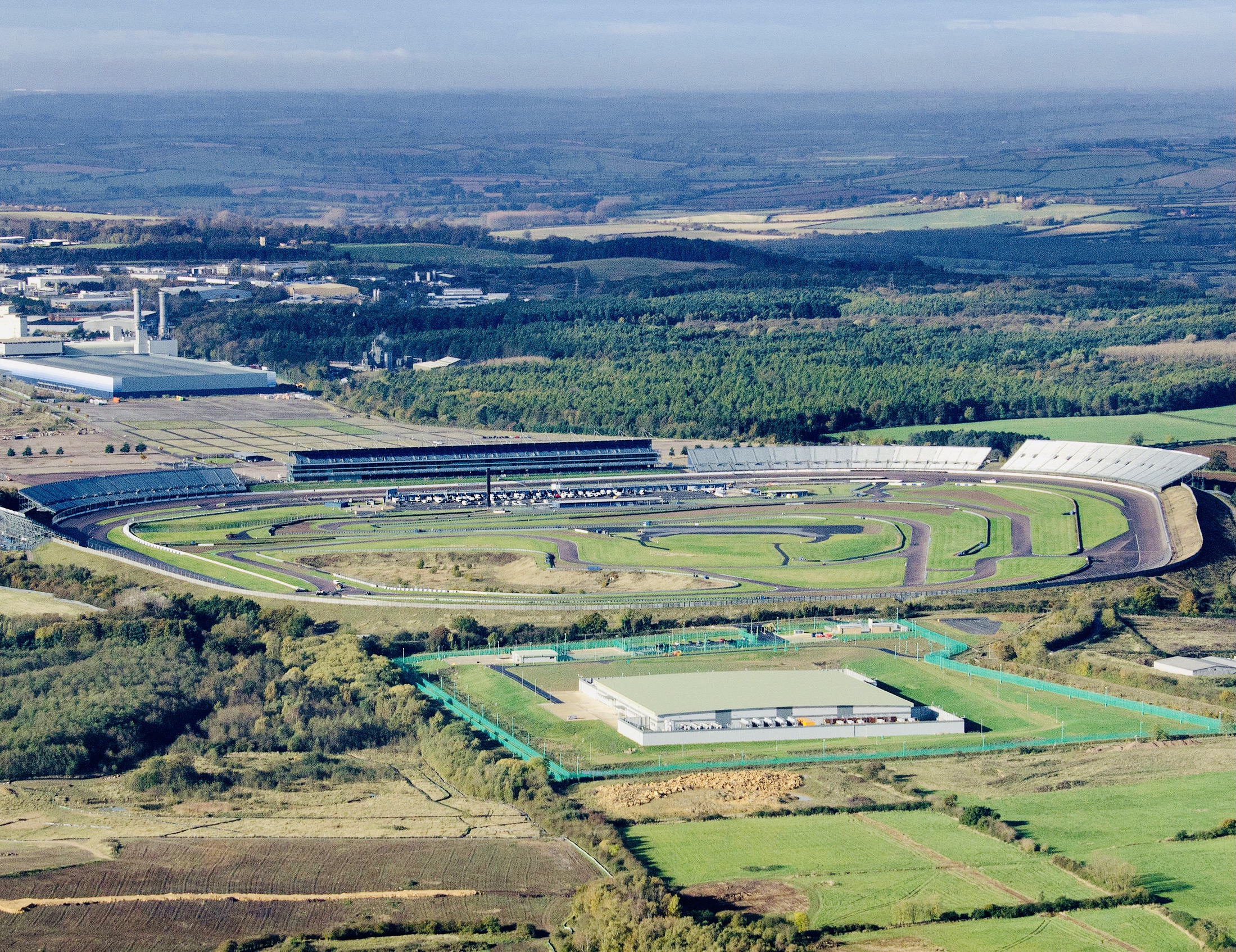
How did a town go from making steel for cars, to racing cars, only to end up storing over 50,000 unwanted cars?
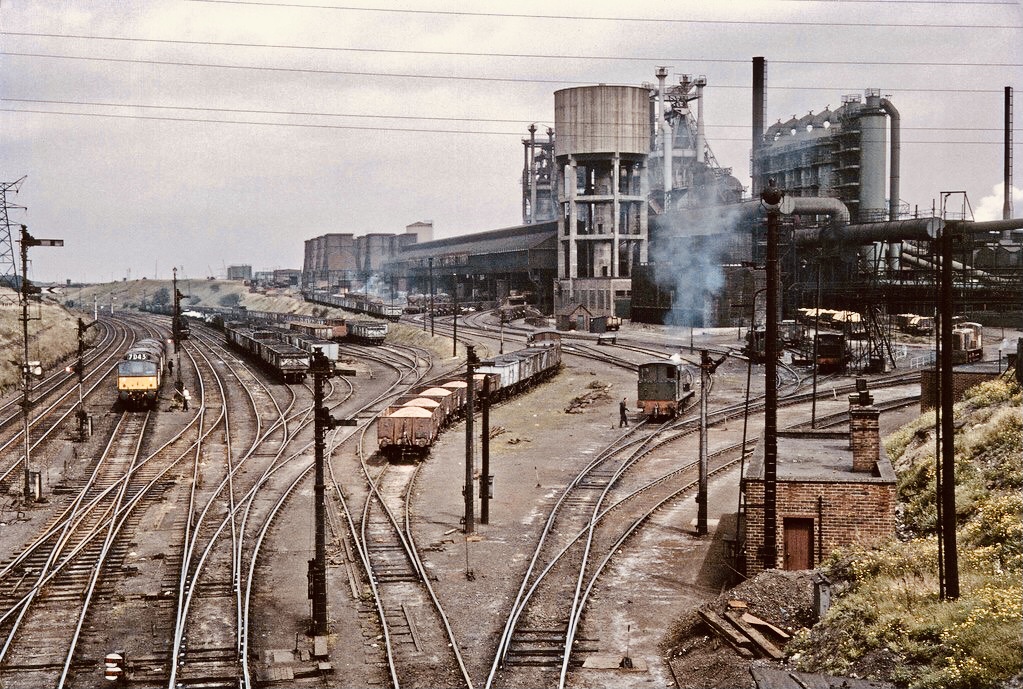
The Rise of a Steel Town
In the 1930’s the English village of Corby had a population of just 1,500 people. There has been a settlement there since the Bronze Age, it was a Roman settlement and in the 8th Century it was invaded by Danish Viking settlers. The 1086 Domesday Book, mentions it as an iron-work region. In 1910, Corby had its own ironstone works, before Stewarts & Lloyds took it over in 1920. Thousands of mostly Scottish steel workers had moved south to work at the Corby steel plant together with many Irish immigrants. By 1939 the town's population had grown to 12,000, by 1950 Corby had been designated as a ‘new town’, it had risen to 18,000. In 1967 the British steel industry was nationalised by the Labor Government and Stewarts & Lloyds steel tube works became part of British Steel Corporation (BSC).
The Steel Works Demise
In 1978 The European Union, Davignon Plan, had asked for Steel Capacity in Europe to be significantly reduced, the goal to reform the European steel industry, Its aim was to place a cap on steel's production capacity. In the long term, the EU aimed to restructure and rationalise the steel industry, it would achieve this with state aid and import restrictions.
At the time, the Corby steel plant was Europe's largest and employed 4,000 people, BSC, also had steel plants in Sheffield, Teeside, South Wales and Scunthorpe, so in 1979, it was decided Corby had to close. The town now had about 55,000 residents when the plant was finally closed in 1980. It’s estimated that nearly 11,000 Jobs were lost, half of the working population of the town were employed by British Steel Corporation or businesses that relied on it, the Northamptonshire town's unemployment level rose to 30%. The Thatcher government designated it as an Enterprise Zone. By 1991 unemployment had returned to the national average, but It took over 30 years for the town to fully recover. This was aided by the 350MW power station built in 1994 and the development of the Rockingham Motor Speedway.
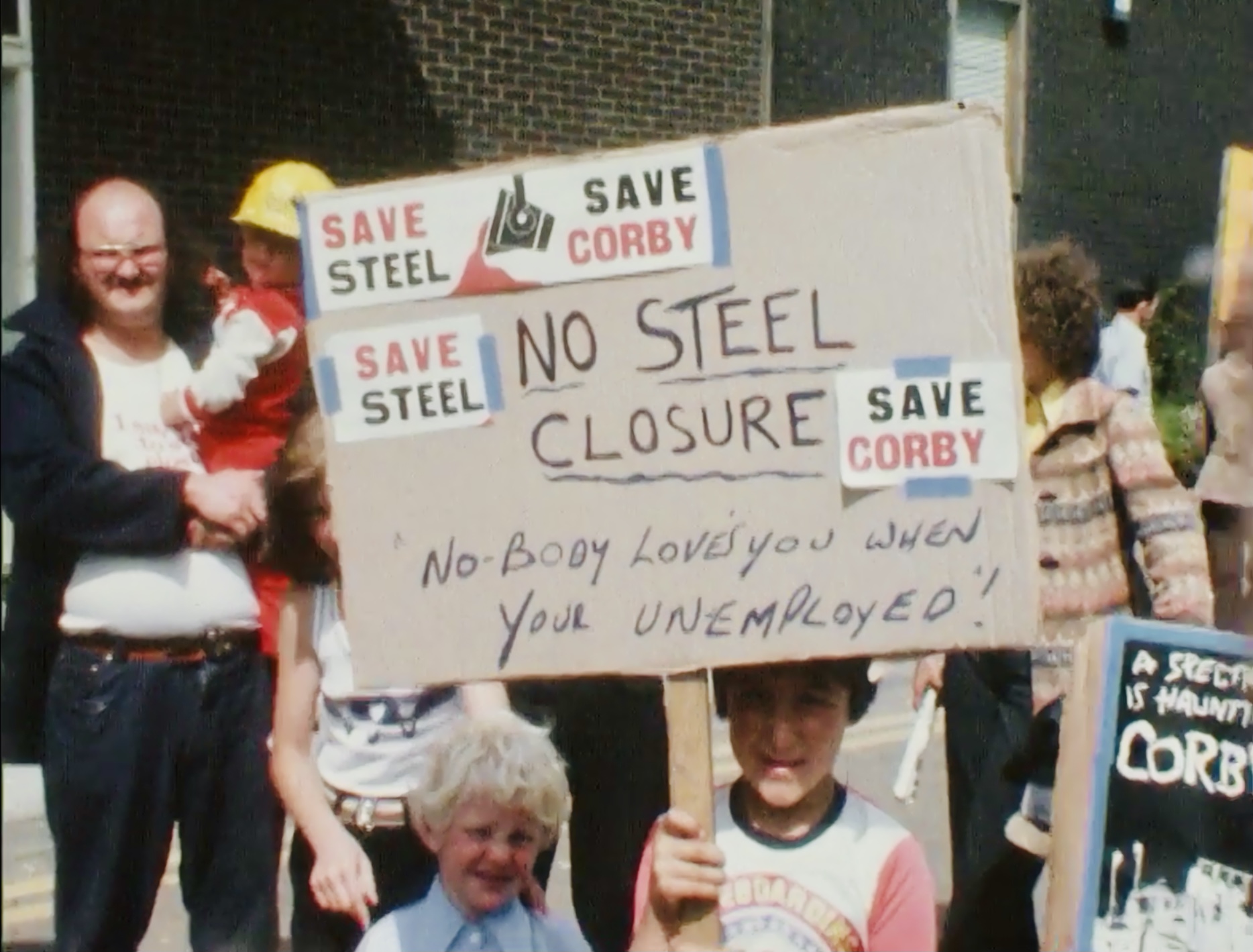
The Rockingham Racing Circuit
After almost ten years of planning 23 months construction work on Rockingham Speedway started late in 1999, at the cost of £45M, on the site of the British Steel works. They designed an banked oval with the intention of bringing the American oval racing across the Atlantic for the first time and they created infield for further circuits. It was the first banked oval race track in Britain since Brooklands closed in 1939. The circuit opened for racing, 15 January 2001, and was formally opened by the Queen on 26 May 2001. It had an all-seating capacity of 52,000, and claimed to be Europe's fastest racing circuit. Rockingham hosted corporate driving days, driver training, conferencing and exhibitions, vehicle manufacturing events, track days, testing, driving experiences and major motor racing events, which included, CART, BTCC, British Superbikes, British F3, Pickup Truck Racing, British GT Championship and ASCAR. Rockingham’s banked oval racing circuit, lap record for the 1.47 miles (2.37 km) was set at 24.719 seconds by Tony Kanaan in his Lola-Ford Champ Car on 22 September 2001 – an average speed of 215.397 miles per hour (346.648 km/h).
Rockingham had 13 configurations of track, which was overlooked by the 6,280 seater Rockingham Building, the glass-fronted grandstand building which also contained suites, offices, bars and kitchens, and by four other grandstands. Together the building and grandstands offered a total seating capacity of 52,000. The inner pit and paddock complex was accessed from the Rockingham Building via two pedestrian tunnels and there was a further spectator viewing area on top of the pit garages.
Oval Circuit
Surface - Tarmac
Length- 1.479 mi (2.38 km)
Turns-4
Banking- 3.5 – 7.9º
International Super Sports Car Long Circuit
Surface - Tarmac
Length - 2.05 mi (3.299 km)
Turns - 13
Banking - 7.0º (turn 1)
International Super Sports Car Circuit
Surface - Tarmac
Length - 1.94 mi (3.12 km)
Turns - 12
Banking - 7.0º (turn 1)
National Circuit
Surface - Tarmac
Length - 1.70 mi (2.74 km)
Turns - 9
Lake Circuit
Surface - Tarmac
Length - 0.67 mi (1.08 km)
Turns - 5
Handling Circuit
Surface - Tarmac
Length - 0.97 mi (1.56 km)
Turns - 4
Rally Stage
Surface - Gravel
Length - 0.62 – 1.23 mi (1.00 – 1.98 km)
Turns - 15 (approx)
CART racing series was in competition with Indycar and began to go into a decline, and the UK race fans weren’t buying tickets to see American single-seater racing. In 2003, the CART event shifted its UK race to Brands Hatch. Rockingham tried to grow oval racing with its own stock car series called ASCAR. That folded in 2007, leaving only a club-level pick-up truck series raced on the oval. Rockingham’s 1.94-mile infield Long Circuit continued to host championships, and BTCC visited regularly.
But the venue lacked atmosphere, the old British Steel site was featureless, dull and industrial. Despite producing some good racing, the circuit didn’t hold as much appeal for drivers or spectators as Silverstone, Oulton Park or Brands Hatch. Despite being an amazing accomplishment to build an American style oval race track, after just 17 years it finally failed. It was sold by its owners, but Rockingham held a "super send off" to mark its final day as a racing circuit on 24 November 2018. It was redeveloped to become a logistics hub for the car industry, plans were approved to tear down the spectators stands.
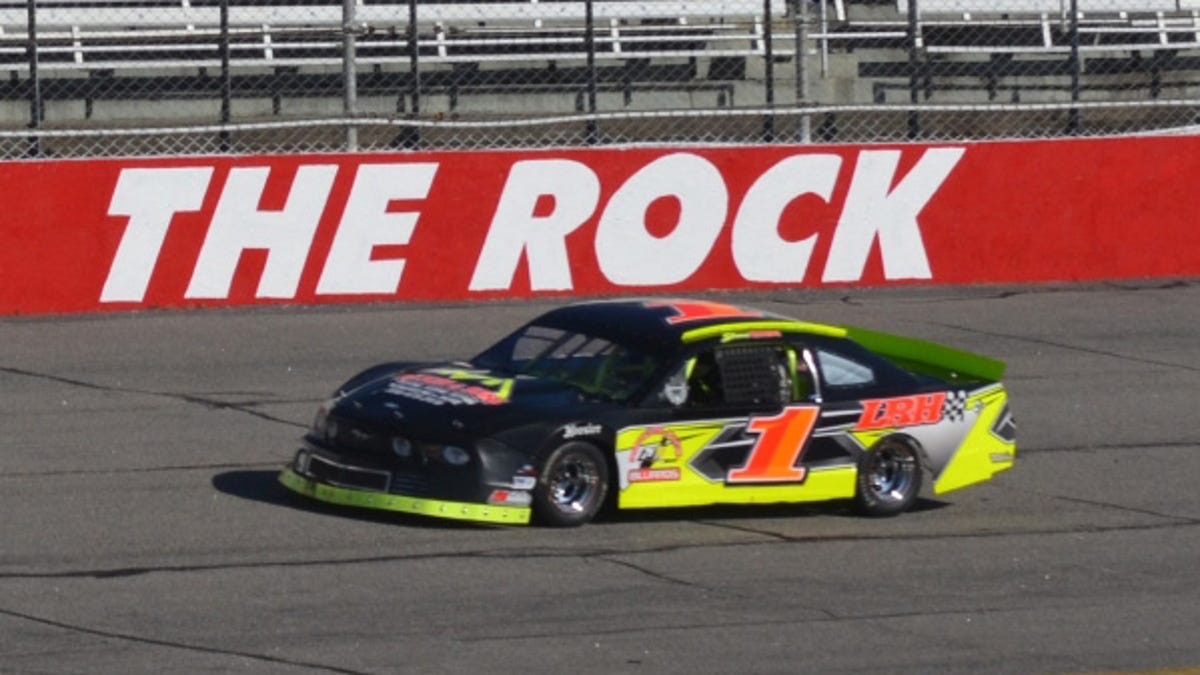
The Giant Car Park of Unwanted Cars
The 250-acre site, is now owned by Rockingham Automotive Limited, has become a state-of-the-art, specialist automotive logistics centre with additional serviced offices. The new business’s offers a range of services in the automotive sector and has storage capacity for 50,000 vehicles. This facility is now benefiting from the economic turn down in the automotive industry. Sales of second-hand vehicles fell to 6,752,959 - down 1,182,146 on 2019. Covid-19 lockdown measures and the negative effect on consumer and business confidence, has seriously impacted vehicle sales, figures from the Society of Motor Manufacturers and Traders (SMMT) show the UK's used car market contracted by 14.9% in 2020.
So we wonder what will become of these 50,000 surplus cars, many of which are former hire and ex-lease vehicles. Will they ever see the road, would releasing them affect used car values, will they just be scrapped, or should I say recycled, in this day and age, to make way for the new EV generation, we’ll have to wait and see? One thing we know, this Corby site has seen a sad history of rise and fail, and currently, ironically, a business is profiting from the latest failures.
Footnotes
Photos
Rockingham John Fielding



